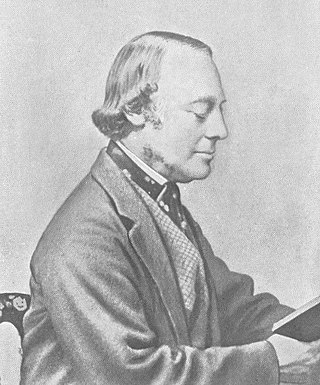
Sir Stephen Richard Glynne, 9th Baronet was a Welsh landowner and Conservative Party politician. He is principally remembered as an assiduous antiquary and student of British church architecture. He was a brother-in-law of the Liberal Prime Minister William Ewart Gladstone.
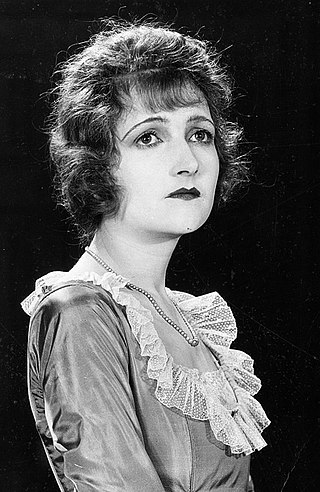
Mary Glynne was a British actress.

Athelney Abbey, established in the county of Somerset, England, was founded by King Alfred in 888, as a religious house for monks of the Order of St. Benedict. It was dedicated to "Our Blessed Saviour, St. Peter, St. Paul, and St. Egelwine".
Flat Number Three is a 1934 British crime film directed by Leslie S. Hiscott starring Mary Glynne, Betty Astell and Cecil Parker. Its plot involves a lawyer who assists a widow who has killed her blackmailer.
Inquest is a 1931 British crime film directed by G.B. Samuelson and starring Campbell Gullan, Mary Glynne, Haddon Mason and Sidney Morgan. It was based on the play by Michael Barringer, which was adapted for film again in 1939.

The Outcast is a 1934 British comedy crime film directed by Norman Lee and starring Leslie Fuller, Mary Glynne and Hal Gordon. It was produced by British International Pictures at the company's Welwyn Studios. The film's sets were designed by the art director John Mead.
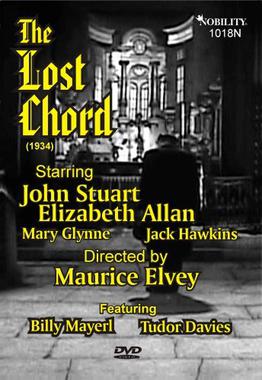
The Lost Chord is a 1933 British drama film directed by Maurice Elvey and starring John Stuart, Elizabeth Allan and Jack Hawkins. The screenplay concerns a musician who becomes embroiled in the domestic rows of an aristocratic family. It was inspired by the Arthur Sullivan song The Lost Chord. Two earlier films directed by Wilfred Noy, The Lost Chord (1917) and The Lost Chord (1925), were both also based on the song. The film was made at Twickenham Studios.
The Heirloom Mystery is a 1936 British drama film directed by Maclean Rogers and starring Edward Rigby, Mary Glynne and Gus McNaughton. After being secretly commissioned by a man to create a replica piece of furniture so he can sell the valuable original without his wife knowing, Charles Marriott's firm find themselves under investigation.
The Ringer is a 1928 British silent crime film directed by Arthur Maude starring Leslie Faber, Annette Benson and Hayford Hobbs. It was based on the 1925 Edgar Wallace novel The Gaunt Stranger. Scotland Yard hunt for a dangerous criminal who has returned to Britain after many years away. A talkie version of The Ringer followed in 1931.

White Face is a 1932 British crime film directed by T. Hayes Hunter and starring Hugh Williams, Gordon Harker and Renee Gadd. The film is based on a play by Edgar Wallace.
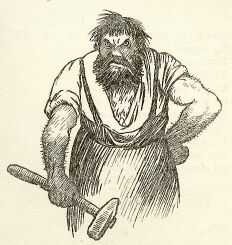
Faber is the Latin word for "smith". Like a few other Latin occupational names, it was adopted as a surname in the Low Countries and Germany. It is also common in England, perhaps due to Norman French influence. Notable people with the surname include:
Grand Finale is a 1936 British comedy film directed by Ivar Campbell. The film was made at Shepperton Studios as a quota quickie for distribution by Paramount Pictures.
This is a summary of 1942 in music in the United Kingdom.
D'Ye Ken John Peel? is a 1935 British adventure film directed by Henry Edwards and starring John Garrick, Winifred Shotter and Stanley Holloway. It was made at Julius Hagen's Twickenham Studios. It takes its name from the traditional hunting song of the same name. The film's sets were designed by the art director James A. Carter.

Lily of Killarney is a 1934 British musical film directed by Maurice Elvey and starring John Garrick, Gina Malo and Leslie Perrins. The film was made at Twickenham Studios. It is based on the play The Colleen Bawn by the Irish writer Dion Boucicault. The film's sets were designed by the art director James A. Carter.
Emil and the Detectives is a 1935 British family adventure film directed by Milton Rosmer and starring John Williams, George Hayes and Mary Glynne.
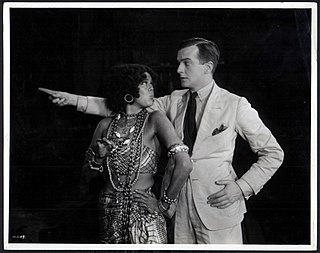
White Cargo is a 1930 sound part-talkie British drama film directed by J.B. Williams and starring Leslie Faber, John F. Hamilton and Maurice Evans. While the film has a few sequences with audible dialog, the majority of the film featured a synchronized musical score with sound effects. The majority of the film was photographed at Twickenham Studios, while the talking sequences were filmed at Whitehall Studios, Elstree which were wired for sound recording.
The Outsider is a play by the British writer Dorothy Brandon. It portrays the struggle of an unorthodox medical practitioner to gain acceptance by the medical establishment. It was subsequently revised to show the unconventional triumphing over the conventional, whereas the play had originally had the opposite ending.
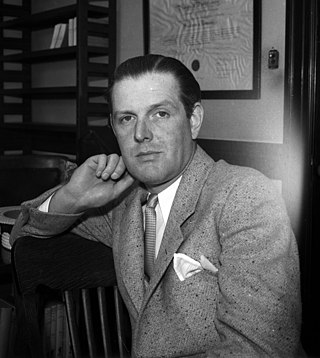
Pat Somerset was an English stage and film actor.
Phyllis Frances Campbell was an Australian born World War I nurse and writer. She chronicled her experiences as a nurse in France during World War I in the memoir Back to the Front: Experiences of a Nurse which was published in 1915, and was the author of two novels published in 1920. According to bibliographer, scholar, and librarian Richard Bleiler, biographical accounts of Campbell's life tend to be sparse and are often contradictory; repeating content that is in error.









